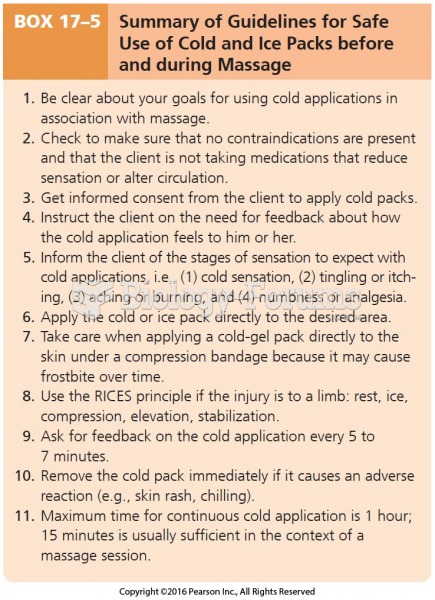This topic contains a solution. Click here to go to the answer
|
|
|
Did you know?
Thyroid conditions may make getting pregnant impossible.
Did you know?
It is difficult to obtain enough calcium without consuming milk or other dairy foods.
Did you know?
Green tea is able to stop the scent of garlic or onion from causing bad breath.
Did you know?
In Eastern Europe and Russia, interferon is administered intranasally in varied doses for the common cold and influenza. It is claimed that this treatment can lower the risk of infection by as much as 60–70%.
Did you know?
Eating carrots will improve your eyesight. Carrots are high in vitamin A (retinol), which is essential for good vision. It can also be found in milk, cheese, egg yolks, and liver.
 Use full palms to apply light sliding strokes from foot to hip. This connects and finishes massage ...
Use full palms to apply light sliding strokes from foot to hip. This connects and finishes massage ...
 Use fingertips to apply deep friction to mobilize the scalp. Apply with one hand and brace with the ...
Use fingertips to apply deep friction to mobilize the scalp. Apply with one hand and brace with the ...





